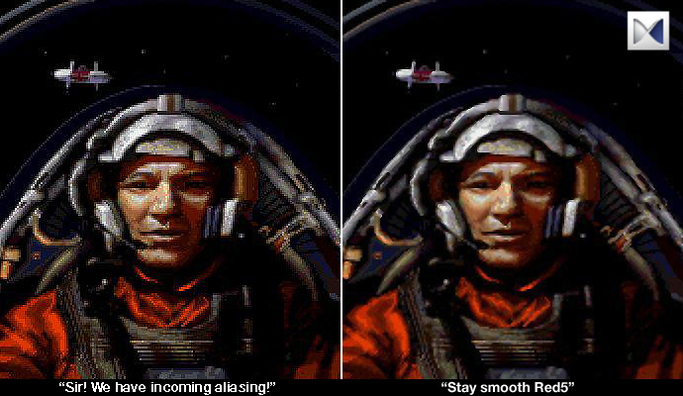Here is what I think is happening - I feel it's all about the sample rate.
Since we are a visual people, I'll use Anti-Aliasing in video game graphics as an example of what I mean.
When we sample a curve, we are taking an object with infinite points, and representing it in a finite number. Here is a gross exaggeration used in graphics to represent what I'm talking about.

So when we are upconverting 16/44 (note that 44.1kHz is how many samples per second we are taking of that curve) to 2x DSD (5.2Mhz sample rate), we are taking that staircase, and adding more and more points smoothing out the jaggies and bringing them back to curves again.

Then, going further, the different "filters" or algorithms used in conversion are different ways of calculating the next point in that curve. As with video (specifically video games) these calculations can have different effects on the output (and how we perceive it) of the final results. If we are perceiving it as "more analog" or "more lifelike", then doesn't that mean it's working??


So no, you can't *make more* detail than what's on the original source, but you can smooth out the wave form, and get the best signal to noise possible, both of which allows us to better perceive those intrinsic details that improve apparent timing, timbre, and space. And I believe that's what we're hearing when we listen to DSD, especially at 2X and above.
But, but, but...there are studies that say we can't hear any better than 44.1!!! Yes, I've read all about that, and have for years, and that's what got me into the "you can't make more detail than what's there" camp. But as I'm finding out more and more "everything matters". And if a different format/sample rate/algorithm helps me to better hear into that original recording, to hear that timing, space, and timbre *and* make it sound more analog and closer to the master tape....then maybe we just weren't looking at the right things and drop the expectation bias?
I think that's part of why Palomino and I make such great leaps in our sound quality. We do our best to drop our expectation bias, and "come in blind", and *
trust our senses*. I'll read and read and read, and some of this audiophile stuff sounds just downright goofy. But when something can prove itself to me, get my foot tapping, give me goose bumps, get me to believe I'm there in *that room* that the recording was made, and even make me tear up...then maybe it's something we don't yet understand the *why* of and needs to be further investigated.
I believe this is also why guys like Steve (And Zygi) are able to do what they do. They get these ideas, and even if (or especially because) they go against common convention, they say "what if I..." and see what happens.
